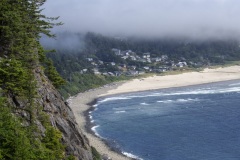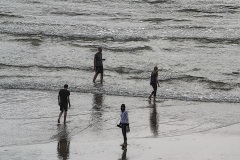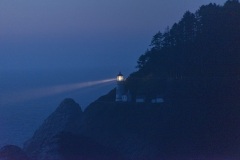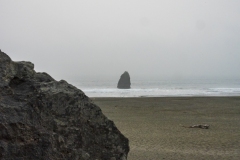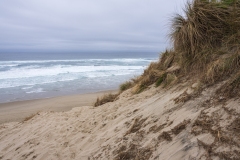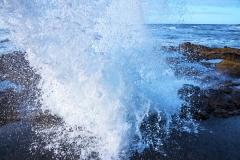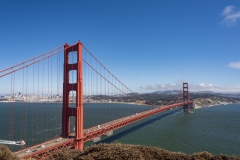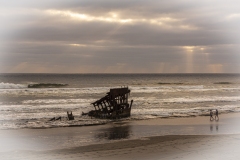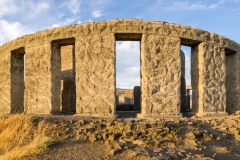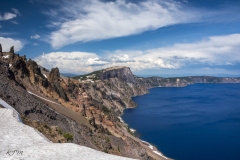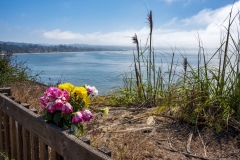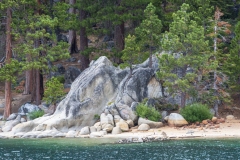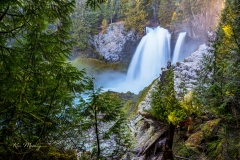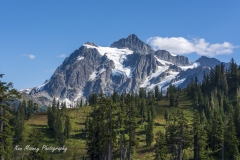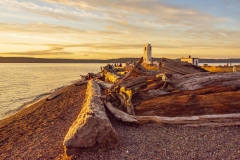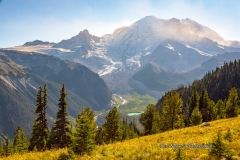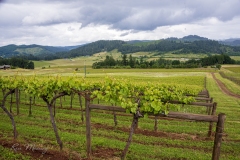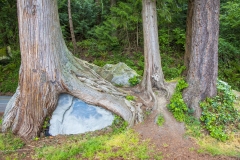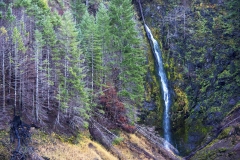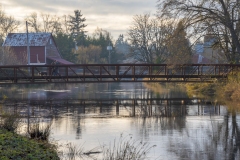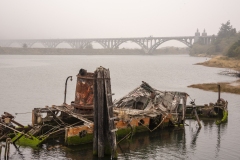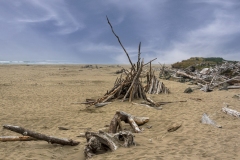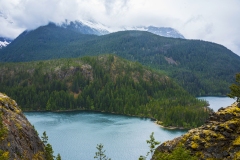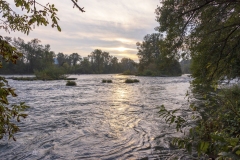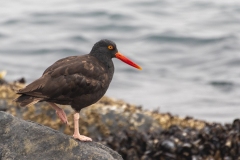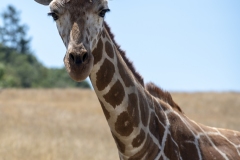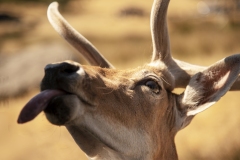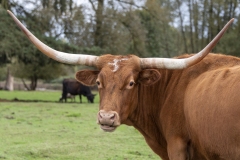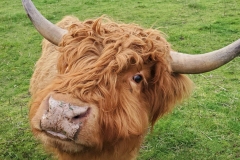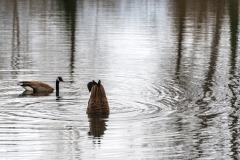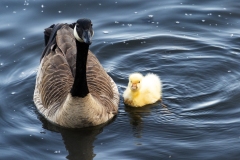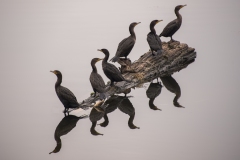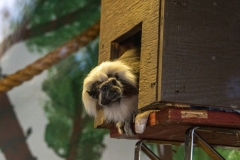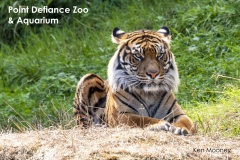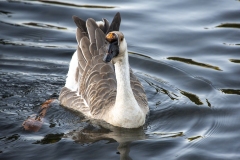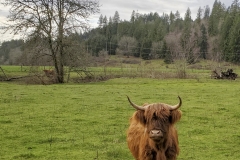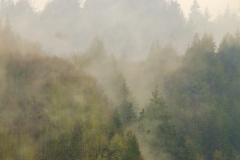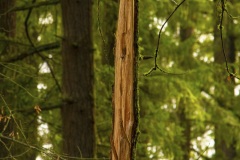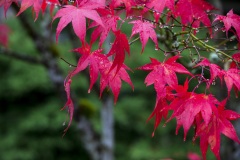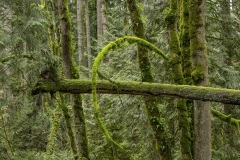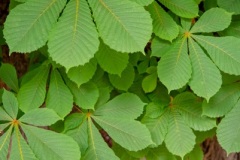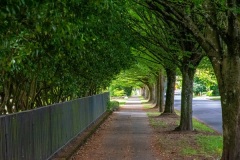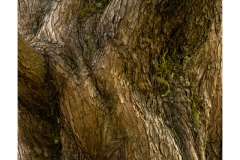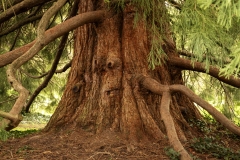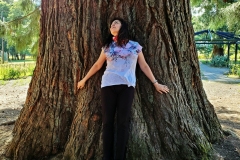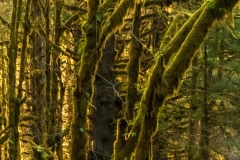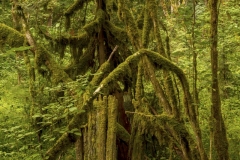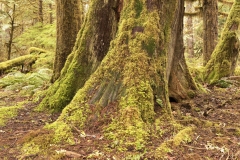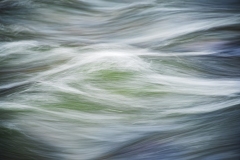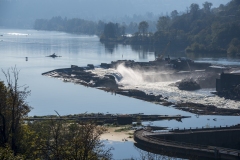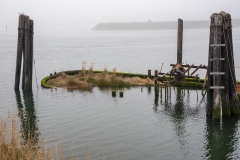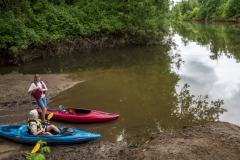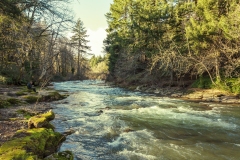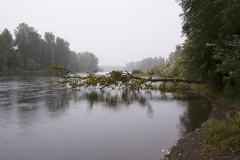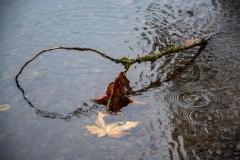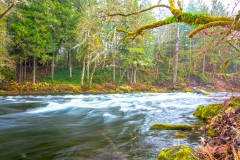My nature photography emphasizes the beauty of the pacific northwest. This upper-left corner of the United States of America has an abundance of species and environments. From the ocean, to rivers, lakes, wetlands, and estuaries, to foothills and mountains, and deserts to forests, there is much to see and explore on foot, by airplane, boat, car, or by camera. Some of my adventures in the field are presented in the Essays section on the writing page.
My research and writing complement my photography. Both forms of art promote closer connections to the natural world and improved stewardship and kinship relations with Earth. I am much alive in the natural world when I am engaged in nature photography in the field.
Seascapes

Landscapes

Animals

Trees

Rivers


A lone black-tailed deer pauses at the edge of a forest on Whidbey Island in Washington State during the early winter of 2024.
Bears, cougars, and wolves were the natural predators of this mule deer subspecies. However, nineteenth-century human settlers hunted these predators to local extinction on Whidbey and its neighboring islands. Today, the deer population of Whidbey Island and adjacent Camano Island is estimated at 3,000 deer. The human population of the two named islands is about 70,000. To put that in perspective, that is one deer to every 23 humans.
I love to see and photograph the deer, but their large population is evidence of a disturbed ecosystem. Whidbey Island is largely rural, which does not subject the deer to severe habitat fragmentation. Nevertheless, the deer browse at forest edges; that puts the deer proximal to car traffic on the island roadways. Quantifiably, that is one deer to every 23 cars. Here, the disturbance is the absence of animal predators to balance the deer population in an ecosystem that once had its bears, cougars, and wolves.
